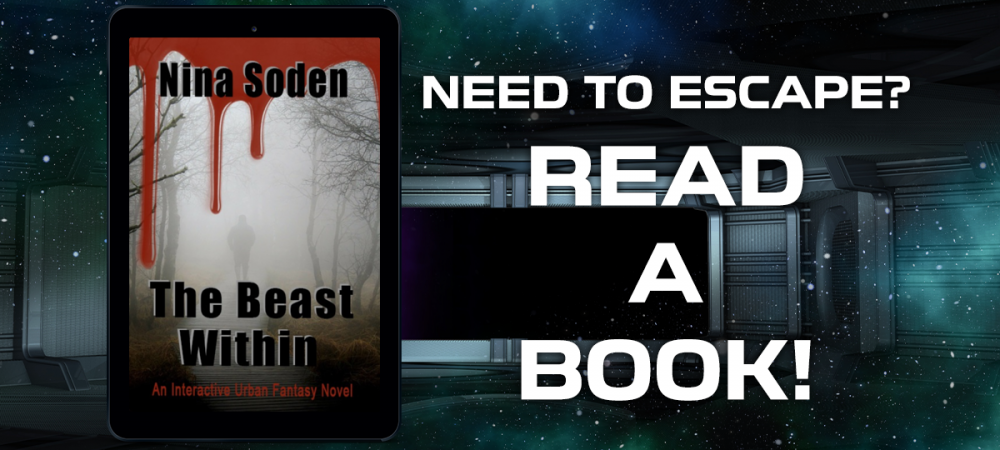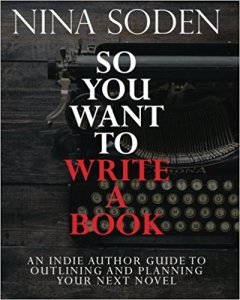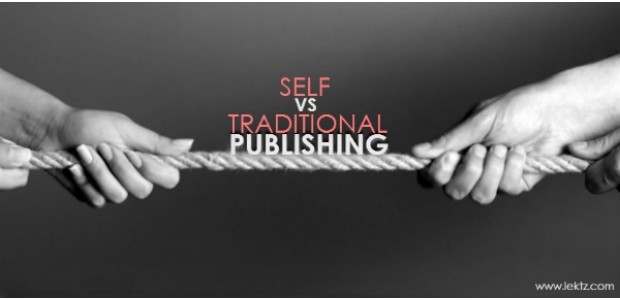5 Tools to Offset Self-Publishing Costs
1. Kickstarter
This one is huge. When my publisher went under, I wanted to self-publish—but I didn’t want to invest a bunch of money on a book no one wanted to read (a mistake I’d made once already with a bilingual short story collection). So I ran a pre-order campaign on Kickstarter to make sure I at least had enough people interested to cover my publishing costs. I ended up getting nearly twice the amount I was asking for and was able to cover basic publishing costs like an ISBN number, IngramSpark publishing fee, cover design tools, and a month-long NetGalley listing.
A word of warning, however: When you set a goal for a Kickstarter campaign, make sure you factor in the costs of fulfilling rewards. When I set up my campaign, I assumed that most people would want the digital version of my book and that my shipping costs wouldn’t be that bad. I was wrong—nearly everyone wanted a paperback. So instead of $15.00 for each paperback reward, I was really only getting around $3 after printing and shipping. Luckily, I got way more pledges than I expected and was able to cover the costs and meet my profit goal, but it was by a surprisingly slim margin. The bottom line: You’re going to need more money than you think, so don’t be shy about asking for it.
2. Fiverr
Fiverr is a great resource if used (judiciously) to supplement your own work and skills, but it can’t replace them. You can’t pay someone twenty bucks and expect them to pour their heart and soul and creativity into your project. But if you have a solid creative vision and just need someone with the technical skills to make it happen, Fiverr can be a great place to find that someone. My attempt at hiring someone from Fiverr for a full-service cover design was a disaster, but when I tried coming up with my own idea and hiring someone to clean up my sketch and render it digitally, the results were fantastic.
3. Bookbrush
Bookbrush is kind of like Canva but specifically for books. You can make some pretty cool mockups and ads and download up to fifteen for free. You can also try out the cover design tools, though you’ll have to pay for a subscription in order to download or save covers. I did the subscription version ($99 for the year) and used the artwork I’d commissioned from Fiverr to design a cover I absolutely adore. The only warning I have for this service is that I ended up having to pay someone about $15 (yay Fiverr!) to tweak the formatting to make the print version work for KDP and IngramSpark. To be fair, though, the issues could very well have arisen from my own mistakes. And the e-book cover was a breeze!
4. Reedsy
Formatting a manuscript for print is a NIGHTMARE (I mean, if you’re like me and don’t have professional InDesign skills or the money to pay someone with professional InDesign skills). I have done it successfully using Microsoft Word, but it took forever and the results, though pretty darn good, were still not quite perfect. The only reason I suffered through it was the fact that the book required more customization than Reedsy could offer (poems, stories, two alphabets, oh my). When the time came to publish my novel in all its straightforward formatting glory, I just couldn’t face the thought of wrestling with Word again. What took me weeks (months? It’s all kind of a blur, now) with Word took about three minutes with Reedsy. You just select the trim size and make a few stylistic decisions and voila! It can format your work for digital distribution, too, and delivers both an EPUB and a MOBI version of your e-book. All formats include a note giving credit to Reedsy for the typesetting, of course, but that’s a tiny price to pay, especially when it saves you weeks of work or hundreds of dollars (or both).
5. Books Go Social
To be honest, I do have some reservations and caveats for this recommendation. The service is mostly geared toward marketing books through promotional packages that include four to eight weeks of tweets, with an optional month-long NetGalley listing OR three months of email promotions. I took advantage of a sale and also got a $75 ad budget. Unfortunately, the ads had a minimal impact, but I’m not sure it’s any fault of theirs, necessarily (see Where to Spend Your Advertising Budget by Glenn Miller). At the end of the day, the $90 I spent to was mostly worth it just for the NetGalley listing, as the cheapest option through NetGalley itself is a whopping $450. Be warned, though, that Books Go Social’s execution can be a bit haphazard. If you do go this route, stay on top of them and make sure you give explicit instructions for the timing and content of whatever promotional materials you choose. I think this can be a great tool, but proceed with caution and, as dear Professor Moody would say, CONSTANT VIGILANCE. In the future I will probably give Xpresso Book Tours’ package a try. It’s a bit cheaper at $65 for a month long NetGalley listing, though it comes with a waiting list and no promotional tweets.
Guest post written by Author Kassandra Flamouri
Check out her books by clicking HERE!
CLICK HERE to sign up for her FREE WORKSHOP: GRAMMAR FOR WRITERS
As an Amazon Associate, I earn from qualifying purchases. That means, when you purchase a book using an Amazon link on this site, I earn an affiliate commission. All commission earnings go back into funding my books; editing, cover design, etc.





 W. M. Martin is a writer of fantasy novels and a lover of his black lab, Willow. He’s also quite fond of his wife, Stephanie, and their four daughters. The stories he writes are inspired by his children. They are the first and last line of defense in regards to ensuring that his readers are certain to enjoy his works. He enjoys writing about female heroes, because his daughters are his.
W. M. Martin is a writer of fantasy novels and a lover of his black lab, Willow. He’s also quite fond of his wife, Stephanie, and their four daughters. The stories he writes are inspired by his children. They are the first and last line of defense in regards to ensuring that his readers are certain to enjoy his works. He enjoys writing about female heroes, because his daughters are his.




 As a self-published author, the idea of finding an editor can be very daunting. Everywhere you look, there are a thousand people, with a wide range of experience, offering editing services that vary in price and level of detail. To say that making a decision on which editor is right for your project is easy would be stating a blatant lie. With so many choice… to many choices… you may be tempted to just hire the first editor you meet, but that could turn out to be the biggest mistake you could make for your manuscript.
As a self-published author, the idea of finding an editor can be very daunting. Everywhere you look, there are a thousand people, with a wide range of experience, offering editing services that vary in price and level of detail. To say that making a decision on which editor is right for your project is easy would be stating a blatant lie. With so many choice… to many choices… you may be tempted to just hire the first editor you meet, but that could turn out to be the biggest mistake you could make for your manuscript. 














